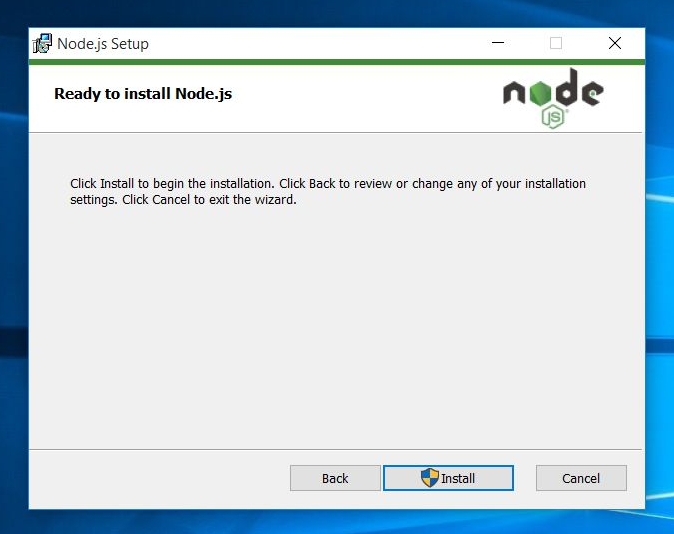

In the next section, we will create a web server that will listen on TCP port 8080 to validate the NodeJS application. To install the Yarn package manager, run: curl -sL -o /etc//yarn.repo Yarn is another package manager to install and manage packages for Node.js. yum install -y nodejsĬheck the version of Node.js using the following command. NPM (Node Package Manager) will also be installed along with Node.js. Once after adding the PPA on the server, install the Node.js by using the following command. Node.js 12.x (LTS) yum -y install -y curlĬurl -sL | bash - Node.js 13.x (Latest Version) yum -y install -y curl You can choose either one of the Node.js version to install on your machine. NodeSource maintains Node.js binary packages for CentOS, Ubuntu and Debian operating systems. yum groupinstall -y 'Development Tools' Configure Node.js Repository You may need to install build tools if you want to compile and install native addons from npm.

Check out the official page to get the latest version of Node.js. There are two versions of Node.js is available for the users. The final step in node.js installed is the updation of your local npm version(if required) – the package manager that comes bundled with Node.js.CentOS 8 Debian 10/9 Ubuntu 18.04 Ubuntu 16.04 Node.js Versions Note: After adding to the PATH, restart the command line, because PATH is only loaded when initializing new command line sessions. If you use any other format for installing node.js on your PC, you should put the system variable path for node.js as follows: PATH : C:\Users\įor example: PATH : C:\Users\admin\AppData\Roaming\npm C:\Program Files\nodejs You should not need to do anything to the system variables, as the windows installer takes care of the system variables itself while installing through the. If you get a message back saying node was not found, then add it to the path manually: If node.js was completely installed on your system, the command prompt will print the version of the node.js installed.



 0 kommentar(er)
0 kommentar(er)
